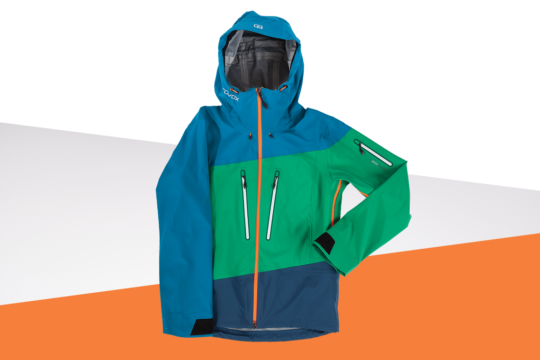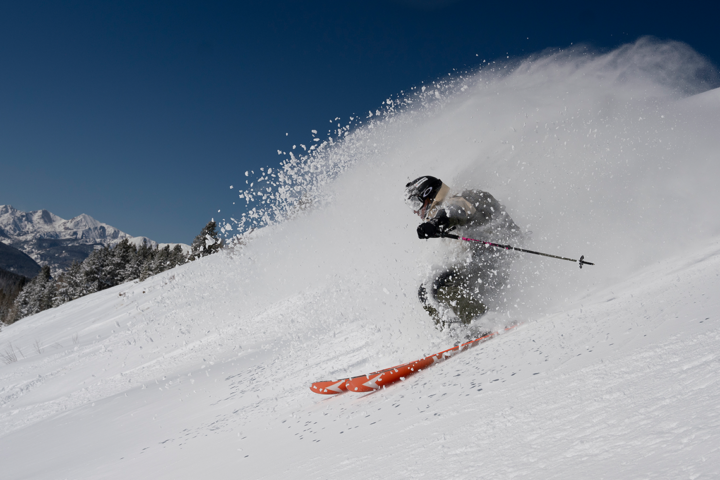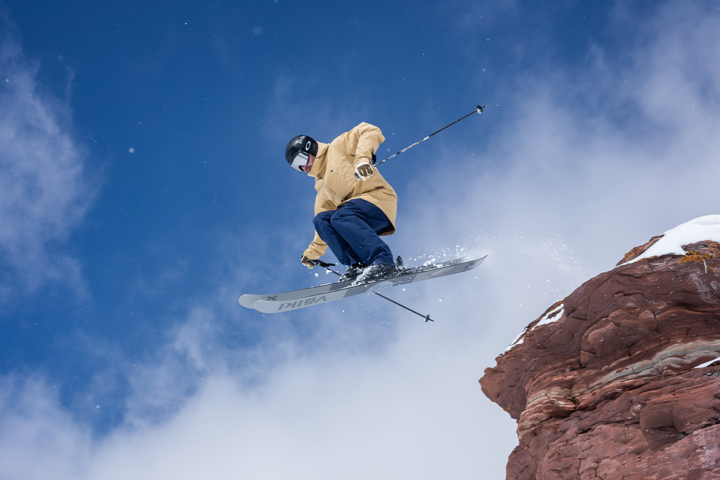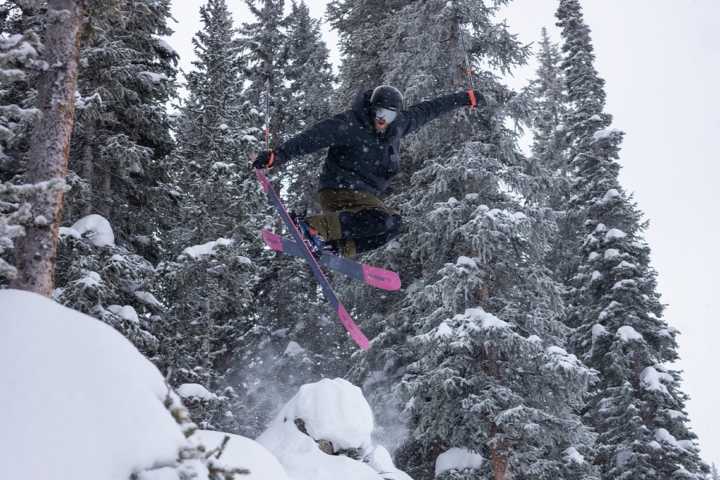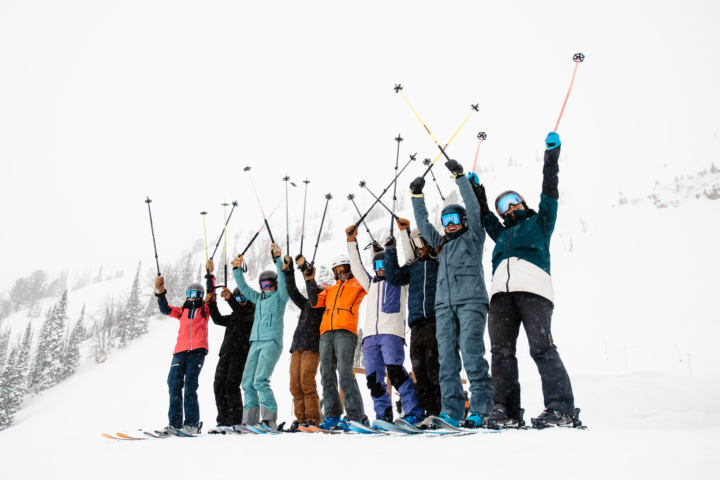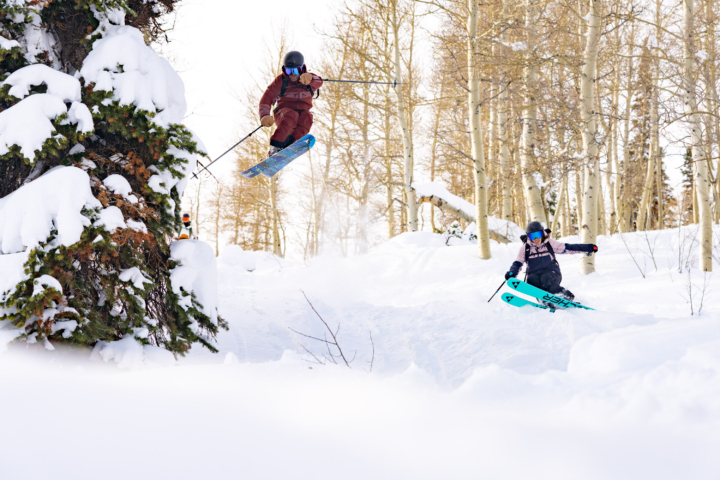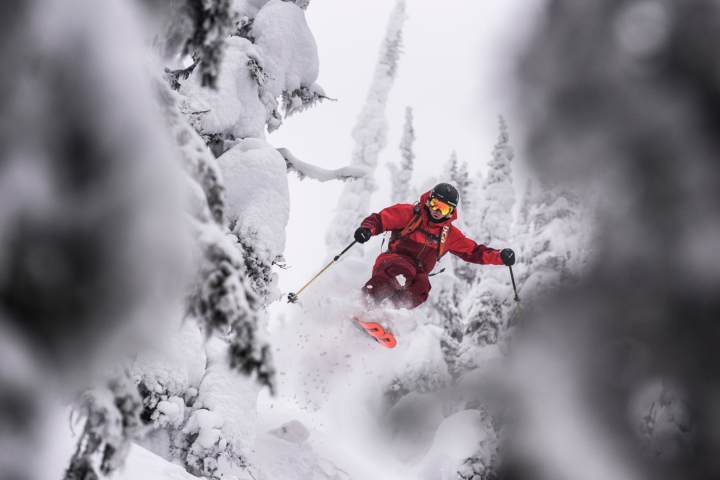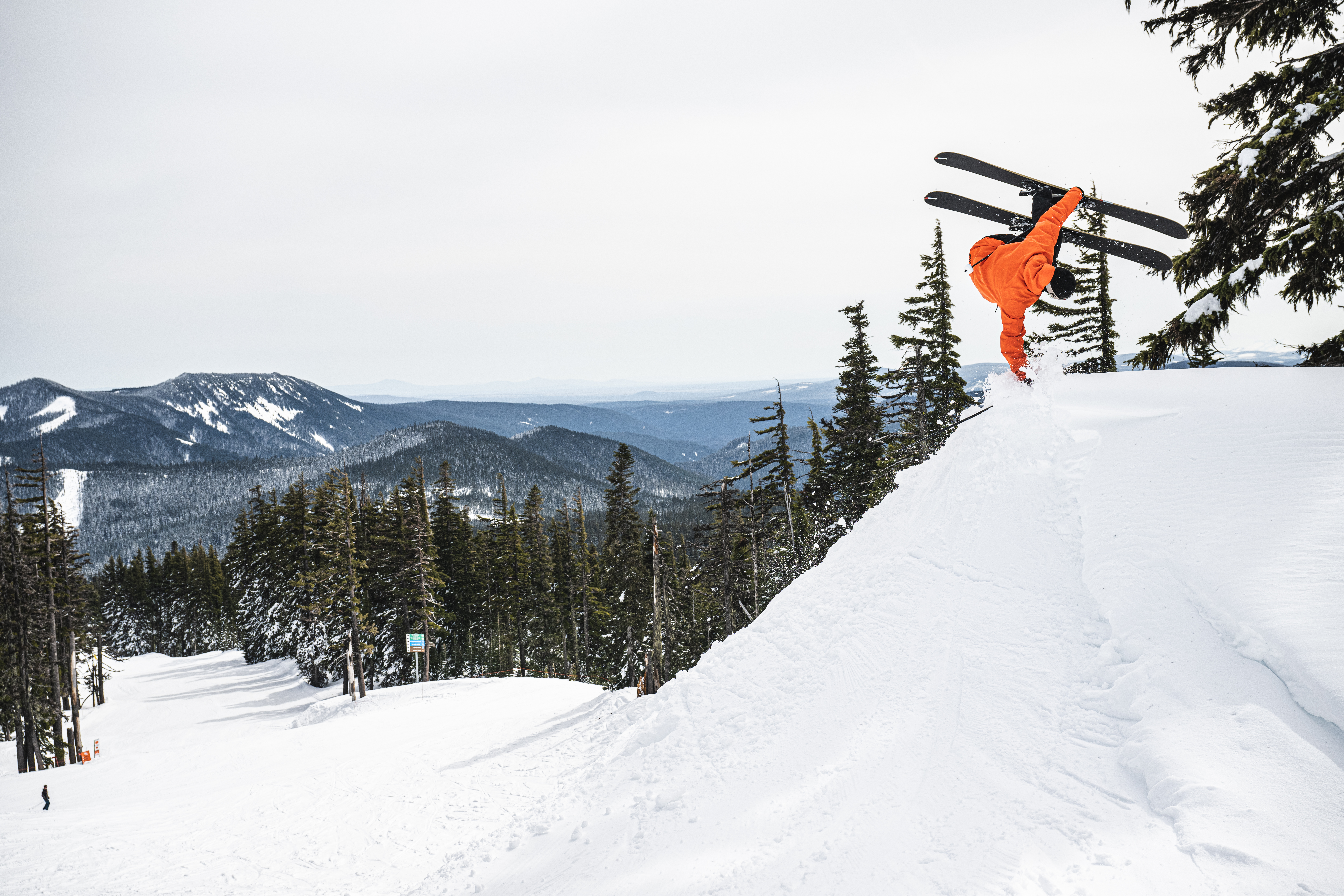Ortovox’s search for sustainable, high-performance natural fibers
WORDS • ERIN SPONG | PHOTOS • COURTESY OF ORTOVOX
In 1976, Gerald Kampel quit his job making underground mapping tools for trains to pursue his passion for the mountains and become a mountain guide. The first step to achieving this goal was to complete an avalanche course. In doing so, Kampel discovered that avalanche transceivers operated on two different radio frequencies that weren’t compatible with each other. Backcountry travelers in Switzerland were relying on one,
while the rest of Europe used the other–proving to be a problem in avalanche rescue situations.
Poised to find a solution to this disconnect, Kampel founded Ortovox, an avalanche safety equipment company dedicated to providing gear to make mountain exploration safer. In 1980, Kampel, along with his partner Jürgen Wegner, launched Ortovox’s first product, the Frequency Two (F2) avalanche transceiver that was compatible with both frequencies. In its second year, the F2 was the number one selling transceiver on the market and swiftly catapulted the company as a lead provider of avalanche safety equipment.
Looking to expand just beyond avalanche safety, the Bavarian brand dove into other essential backcountry gear. By the end of the decade, it was offering backpacks and wool mountain wear to round out its offerings for people recreating in the mountains.
“Our number one core value is protection,” says Becky Marcelliano, Ortovox’s North American marketing manager. “So, we started out on the hardgoods side with avalanche transceivers and avalanche safety equipment but getting into the apparel business was really an extension of that same concept.”
In an effort to market products that he himself wanted to wear on his backcountry excursions, Kampel introduced wool apparel into Ortovox’s product lines in 1988 with the Walk Wool line: touring jackets, sweaters, hats, gaiters, gloves and socks inspired by the traditional Austrian and Bavarian use of Continental wool–a thick fiber that is scratchy to the touch but great for insulation. From the very beginning, Ortovox’s use of wool stems from the quality performance of the fabric in adverse alpine conditions.
“We still identify wool as the best performance fiber for backcountry skiing–a sport where you have high exertion [on the uphill], maybe a little bit lower exertion when you’re riding the downhill, stopping again, putting your skins back on and back to high exertion,” says Tom Mason, Ortovox’s North American brand manager. “You need a fiber that is able to adapt to all those outputs and wool is the best one.”
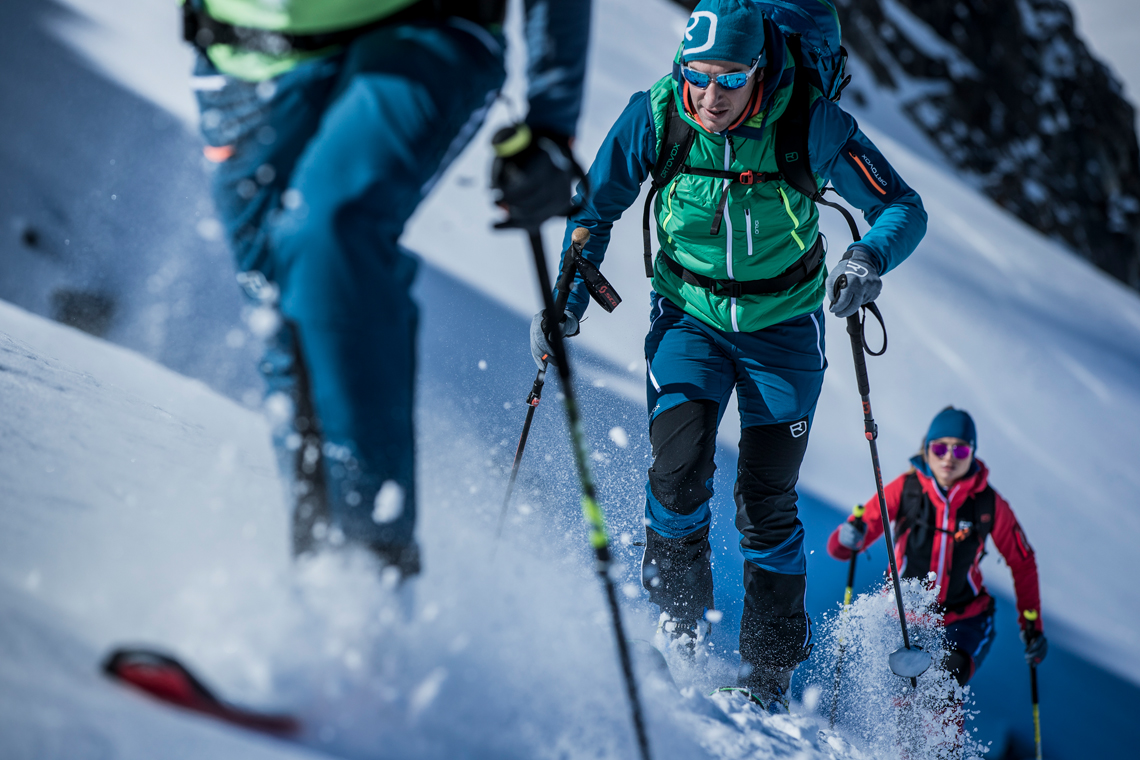
In the mid-nineties, Ortovox sought to expand its apparel line with its first base layer but needed a fiber that was better suited for next-to-skin use. That’s when it found Merino wool–a thinner fiber than Continental wool that was softer and more comfortable on the skin. It also proved to efficiently regulate body temperature, provide warmth even when it’s wet and naturally deodorize body odor–making it the perfect fiber for base layer apparel. As Ortovox produced more and more Merino wool products, it put a bigger emphasis on the transparency of the farms it relied on and their practices. So, in 2012, Ortovox began sourcing all of its Merino wool from six designated farms in Tasmania, which the brand visits regularly and are held to the standards of the Ortovox Wool Promise (OWP).
“The Ortovox Wool Promise came from the Responsible Wool Standard, which came from the Responsible Down Standard,” explains Mason. “The Responsible Wool Standard is fairly new and Ortovox was consult-ed on some of the rules but we felt like the responsible wool standard didn’t go far enough for what we wanted.”
The OWP focuses entirely on the wellbeing of the sheep. From farm and land management to animal welfare and transport to slaughter, Ortovox knows exactly where its wool comes from, the conditions of the farms and the ethical standards of the growers. This standard expands beyond the use of Merino wool, applying to all of Ortovox’s wool products, including its Swiss Wool collection.
Being that the origin of the wool is in close proximity to Germany, Ortovox can be involved with every step of production. All of the Swiss wool goes to Belgium to be washed, Germany to be felted into what is used in the garments and then every product is made in Hungary or Latvia. Keeping the entire supply chain process in Europe proves to be beneficial for Ortovox in more than one way. The brand is able to track exactly where the wool has been and it improves efficiency in the transportation of products from sourcing to production to store shelves.
“We like to say [our Swiss wool] is sourced in the mountains, it goes to the stores and then it goes back to the mountains,” says Mason.
“Most wool in the world is sold at auction, so other brands, whether that be a carpet company or other outdoor apparel, lose a lot of transparency in the supply chain process there,” adds Marcelliano. “We try to take the opposite approach of that and do as much as we can to have visibility all the way down [to the grower].”
 A Swiss wool grower strolling the Alps with his herd.
A Swiss wool grower strolling the Alps with his herd.In addition to quality control, Ortovox is able to give back to the community in the Alps and pay respects to the rich heritage of the area. To assist with Swiss wool growers threatened by the popularity of Merino, Ortovox partnered with the Swiss Wool Foundation for exclusive garment use–meaning no other brand can use Swiss wool to develop apparel products. The Swiss Wool Foundation is dedicated to supporting the regional mountain farming and has set up over 25 collection stations throughout the country for growers to directly sell their wool for a fair price twice a year. These collection stations provide Ortovox with an average of 300 tons a year of fair-trade wool.
Whether it be its Merino wool base layers or its Swiss wool insulation pieces, Ortovox holds its wool apparel to a higher standard than required. The brand’s dedication to where and how every fiber is sourced leads to exceptional quality, increased sustainability efforts and an efficient production process. In a world where most people don’t know where their apparel was actually made, it’s good to know that Ortovox is pulling back the wool and letting us all in on the secret of how the clothes are made.

